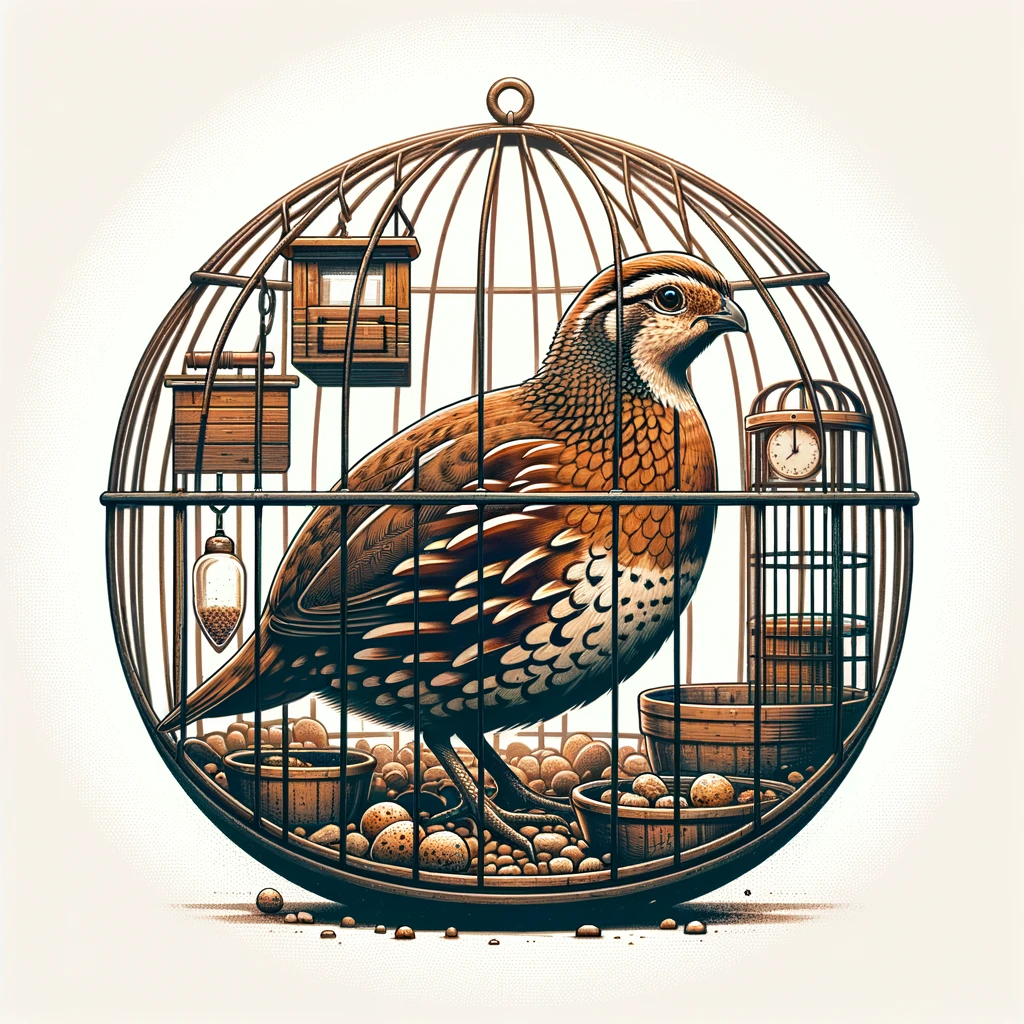Choosing Your Quail: Breed Characteristics and Suitability
Choosing Your Quail: Breed Characteristics and Suitability
Quail breeds have unique characteristics, including differences in temperament, egg production capabilities, and environmental suitability.

the Coturnix quail is quite hardy and can adapt to various climates with appropriate shelter.
When it comes to raising quails, whether for eggs, meat, or as charming additions to your backyard, selecting the right breed is crucial. Quails come in various breeds, each with unique characteristics, including differences in temperament, egg production capabilities, and environmental suitability. This guide aims to provide insight into making an informed decision that aligns with your goals and environment.
Understanding Quail Temperament
Quail temperament can vary significantly from one breed to another. Some quails are more docile and better suited for small spaces or closer human interaction, making them ideal for backyard settings or educational purposes. For instance, the Coturnix quail is known for its relatively calm demeanor and adaptability to captivity, making it a popular choice for first-time quail keepers.
On the other hand, breeds like the Bobwhite tend to be more flighty and may require more space to roam. Understanding the temperament of each breed is essential, especially if the quails will be kept in close proximity to family and pets.
Egg Production Considerations
Egg production is another critical factor to consider when selecting a quail breed. If your primary goal is egg production, the Coturnix quail stands out as an excellent choice. Coturnix quails can start laying eggs as early as six weeks of age and are capable of producing over 300 eggs per year, making them prolific layers.
For those interested in egg color variety and aesthetics, the California and Gambel’s quails offer beautifully patterned eggs, although their laying rate is lower compared to Coturnix quails.
Environmental Suitability
Environmental suitability plays a pivotal role in selecting the right quail breed. Some quails are more resilient to cold weather, while others thrive in warmer climates. For example, the Coturnix quail is quite hardy and can adapt to various climates with appropriate shelter. In contrast, Bobwhite quails and Mountain quails may require more specific habitat conditions to thrive.
Before deciding on a breed, consider your local climate and the environment you can provide. Ensure you have the means to offer adequate shelter, especially during extreme weather conditions, to keep your quails healthy and productive.
Making the Right Choice
When choosing the right quail breed for your needs, consider the following steps:
Define Your Goals: Are you interested in egg production, meat, ornamental value, or simply enjoying quails as pets?
Assess Your Space: Evaluate the space available to ensure it meets the needs of the breed you’re considering.
Research Breed Characteristics: Spend time learning about each breed’s temperament, egg production rates, and environmental needs.
Consult with Experts: Reach out to experienced quail keepers or local breeders for insights and recommendations.
Selecting the right quail breed requires careful consideration of temperament, egg production capabilities, and environmental suitability. By aligning your choice with your goals and the conditions you can provide, you’ll ensure a rewarding and successful quail-keeping experience. Remember, each breed offers something unique, so consider what matters most to you in your quail-keeping journey.



